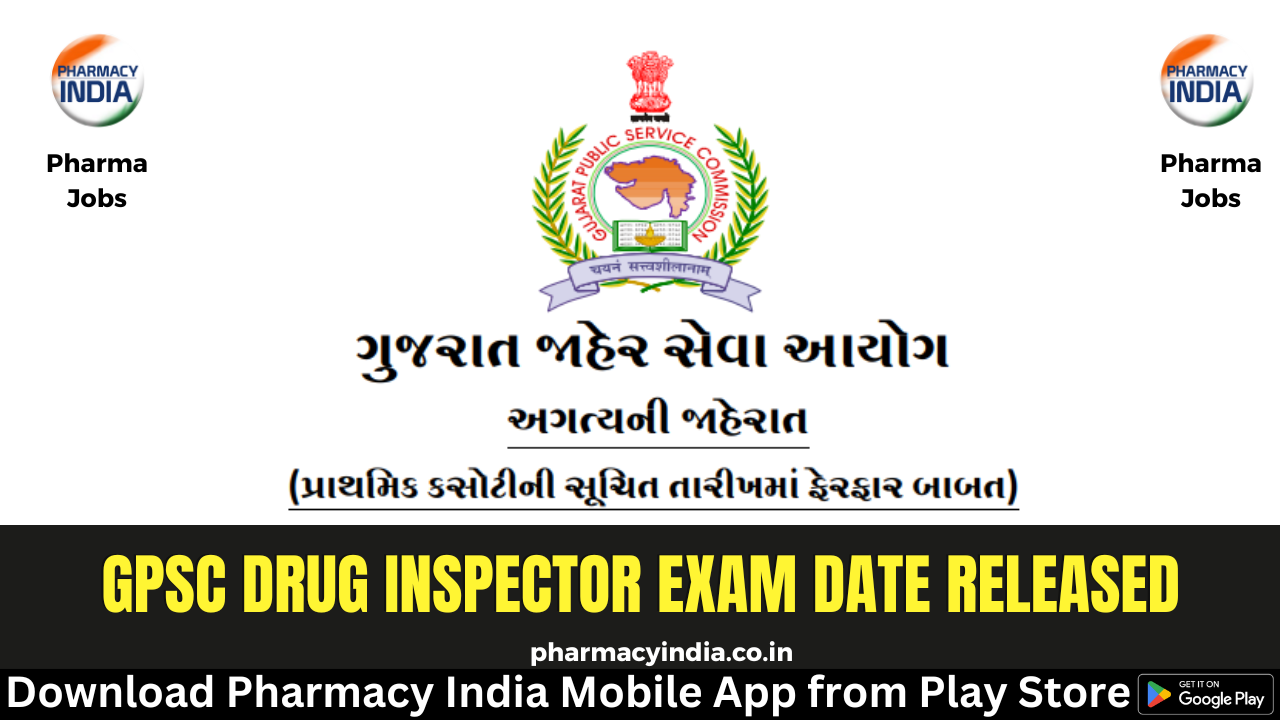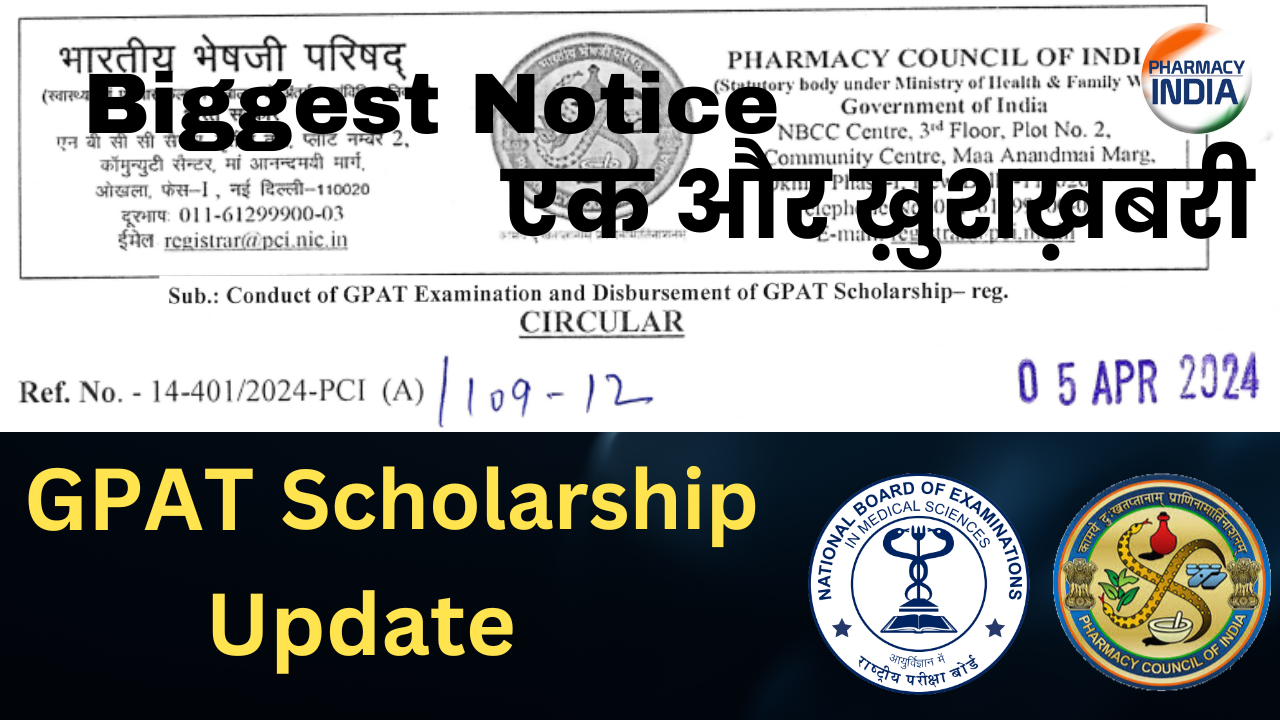Netherlands startup and Oxford Nanopore Technologies The world’s first nanopore sequencing-based technology for ultra-sensitive detection of circulating tumour DNA has been made available to developers by Cyclomics (ctDNA). The procedure finds and evaluates cell-free DNA (cfDNA) in the blood. As a cancerous tumour releases its dying cells’ DNA, any specific mutations found in the DNA of those cells can be detected in the tumor’s complementary DNA (ctDNA). It has generally been difficult to identify ctDNA because only a little portion of the cfDNA in blood typically comes from the tumour.
In order to overcome this obstacle, Cyclomics created CyclomicsSeq, a unique ctDNA and cfDNA detection and analysis approach that makes use of nanopore technology and has the potential to be used at the point of care. Indirect detection of a particular tumour from a blood sample is made possible by CyclomicsSeq, which guarantees that individual ctDNA molecules present in blood may be sequenced with about 100% accuracy for TP53 as shown in a clinical investigation. CyclomicsSeq targets the ctDNA and cfDNA in the 200base pair range by taking advantage of nanopore technology’s capacity to sequence any-length DNA fragment. CyclomicsSeq may be used to any Oxford Nanopore device, therefore additional hardware is not required to carry out extremely accurate analysis.
In this proof-of-concept study, the team showed that a particular CyclomicsSeq assay for TP53, a tumour-suppressor gene with a mutational profile that may serve as an indicator for the presence of tumours, could be used to successfully monitor tumour burden during treatment for patients with head and neck cancer. In comparison to current methods for detecting mutations in ctDNA, they were able to facilitate the detection of mutations at rates as low as 0.02% and the complete workflow took about 3 days. Taking advantage of this initial accomplishment, Oxford Nanopore and Cyclomics established a multi-year research partnership and licence agreement to develop the technique further in order to enable reliable detection of uncommon mutations that are present at levels below 0.5% in cfDNA. Further improvements are also being made, such as the identification of methylation, which can be used to understand cancer in real time utilising nanopore sequencing.
The CyclomicsSeq workflow, which includes library preparation and analysis, is currently being tested with a small group of users as part of a developer access programme. In the ensuing months, there will be an open early access programme. In order to evaluate the clinical utility of their sequencing solution, including the clinical benefit of quick turnaround gained by not having to wait to batch samples, Cyclomics and Oxford Nanopore are also starting a number of clinical research studies, including with Erasmus Medical Center in the Netherlands and other institutions. In 2018, Cyclomics, a branch of University Medical Center Utrecht, was established. They announced this month that a seed investment round had been completed after receiving initial funding from the Oncode Bridge Fund.
The CEO of Oxford Nanopore Technologies, Gordon Sanghera, stated: “We are thrilled to join with Cyclomics to increase access to precise and quick cancer detection utilising nanopore sequencing. Invasive, time-consuming scans and tests are used today to monitor cancer that returns. Several of these procedures are costly and distressing. We are happy to share a new technique that, in the instance of TP53 in the Cyclomics study, could herald a paradigm shift in the identification and treatment of cancer by allowing medical professionals to identify reoccurring disease with essentially 100% accuracy with only a blood sample. We are hopeful about what this could mean for the future of cancer and patient care even though we are still in the research phase of using this technology.
“Ever since we started employing nanopore sequencing for genomics research at our academic labs, we were excited by the real-time nature and accessibility of the technology,” said Jeroen de Ridder, co-founder of Cyclomics. We quickly understood how useful nanopore sequencing may be for creating brand-new assays for spotting disease alterations, particularly in the setting of cancer. Any cancer patient’s blood stream can contain single cancer DNA molecules, which can be precisely sequenced using the CyclomicsSeq technology. As part of our collaboration with Oxford Nanopore Technologies, we have been working hard over the past year to combine CyclomicsSeq with nanopore sequencing techniques. Along with the Oxford Nanopore team, we’ll develop the CyclomicsSeq platform during the ensuing years and increase its application to more malignancies.
“Accurate low frequency variant calling from cfDNA has the potential to improve on existing clinical response evaluation after neoadjuvant chemoradiation in oesophageal cancer,” said Bianca Mostert, an oncologist at Erasmus Medical Center. We are eager to evaluate CyclomicsSeq, which offers a highly promising option for this need.
Oxford Nanopore Technologies wants to make society as prosperous as possible by making it possible for anybody, everywhere to conduct analysis on anything. A new generation of nanopore-based sensing technology has been created by the company for scalable, high-performance, real-time analysis of DNA and RNA. A spin-off from the University Medical Center Utrecht, Cyclomics is a young Dutch company. With the use of its patented circulating tumour DNA (ctDNA) detection tool CyclomicsSeq, it hopes to revolutionise the treatment of cancer by enabling quicker and more accurate diagnoses, particularly in the context of cancer recurrence and treatment monitoring.







